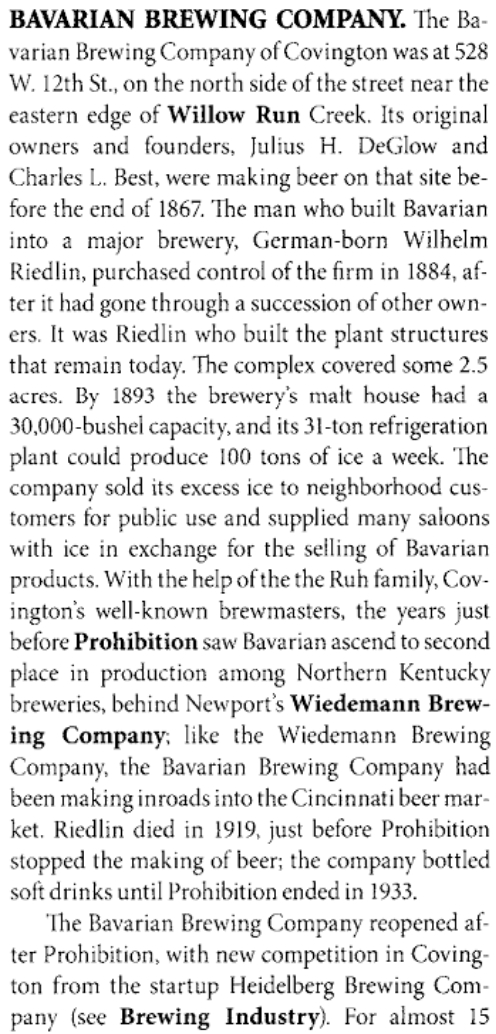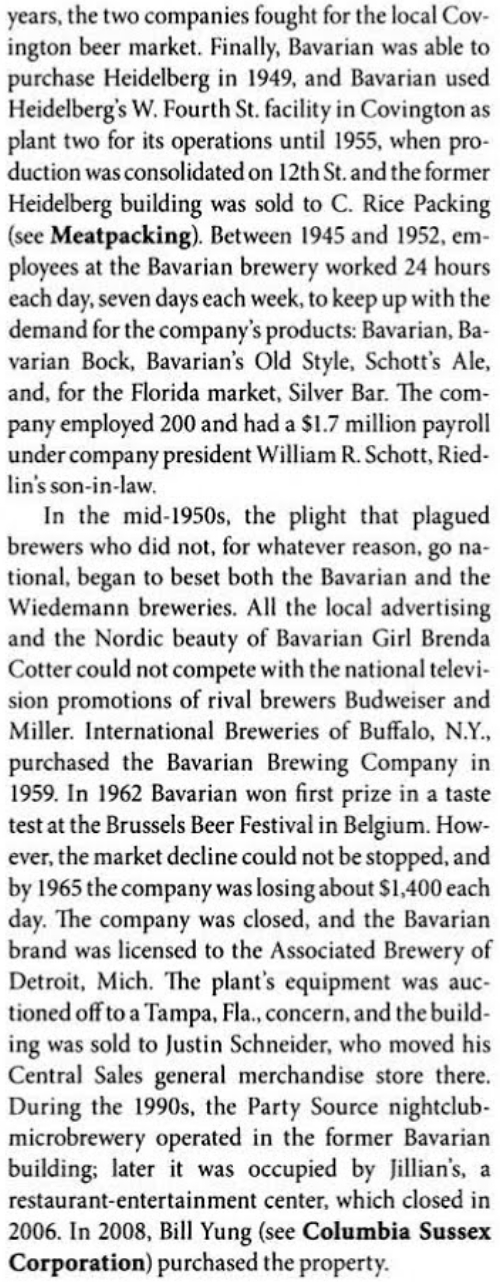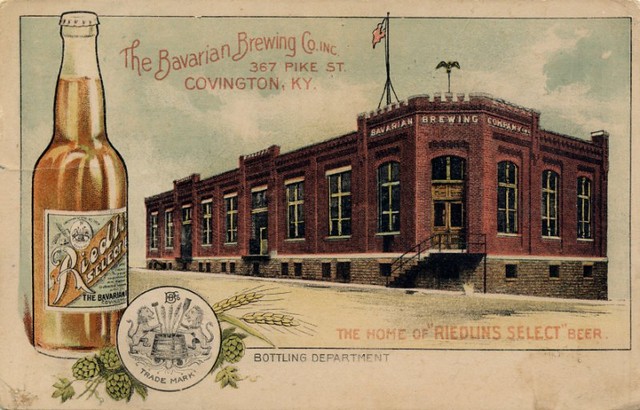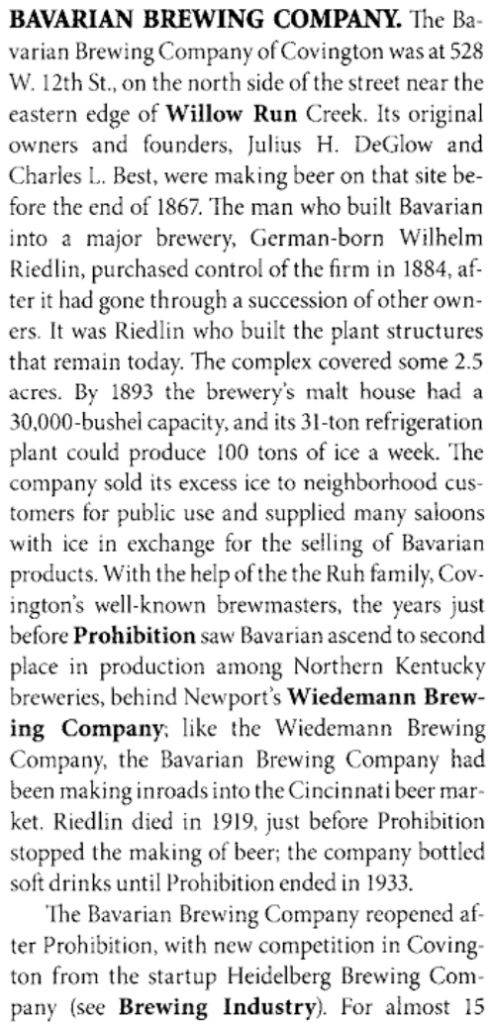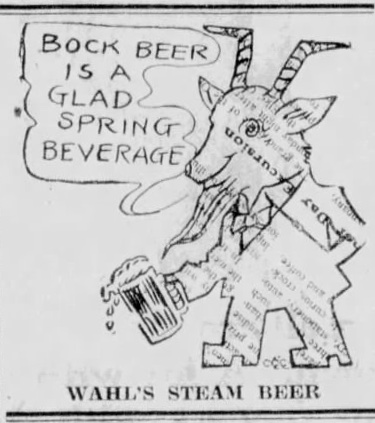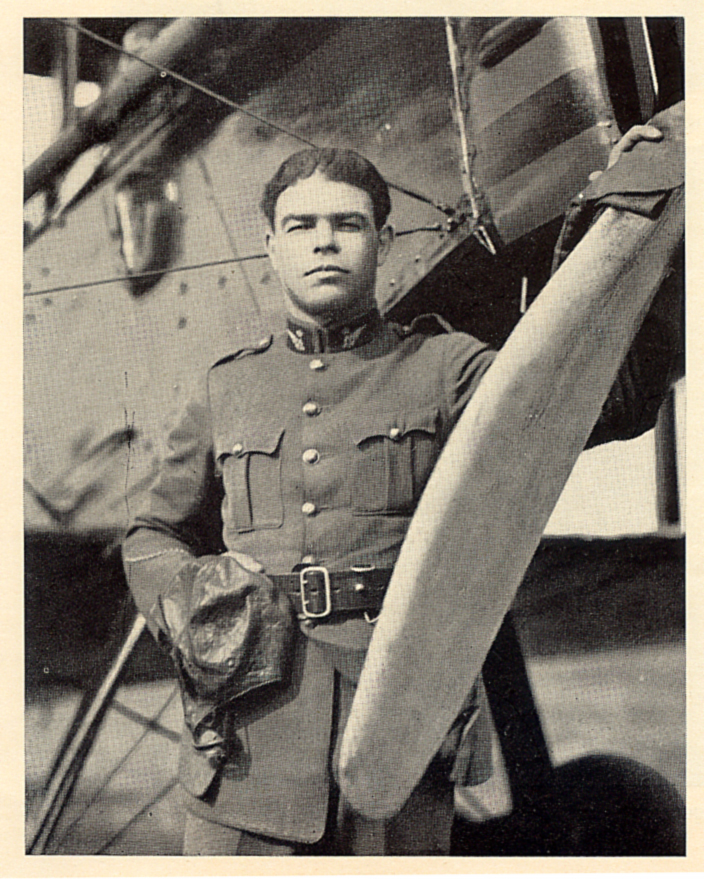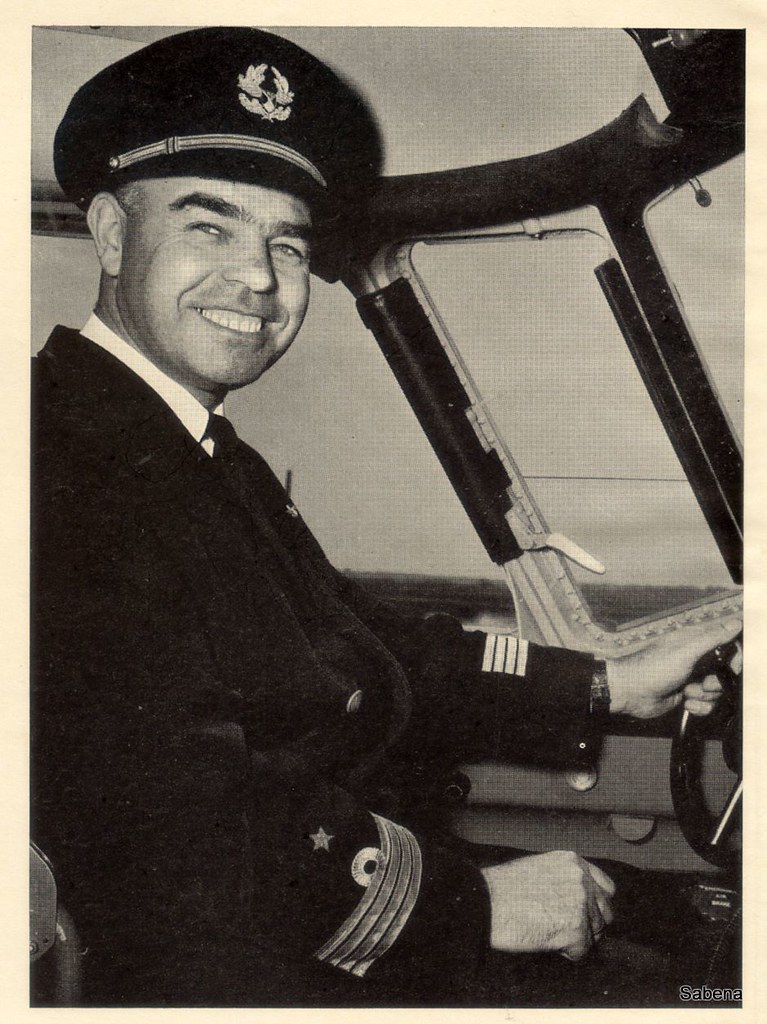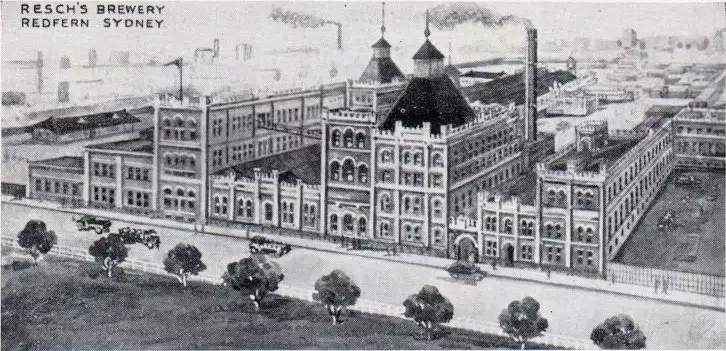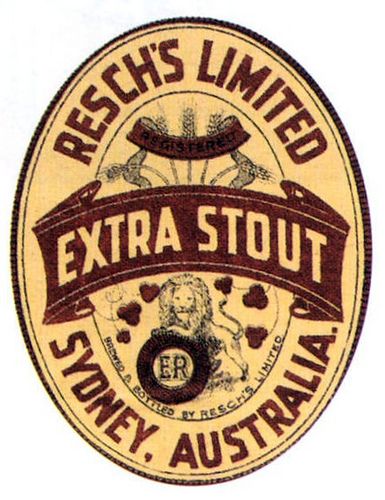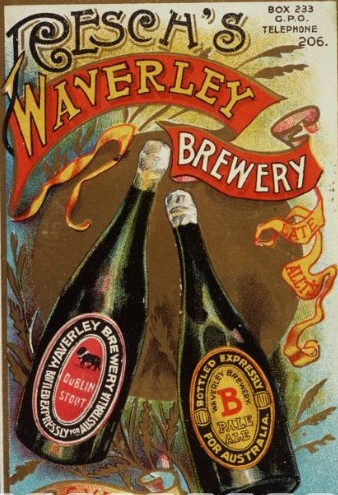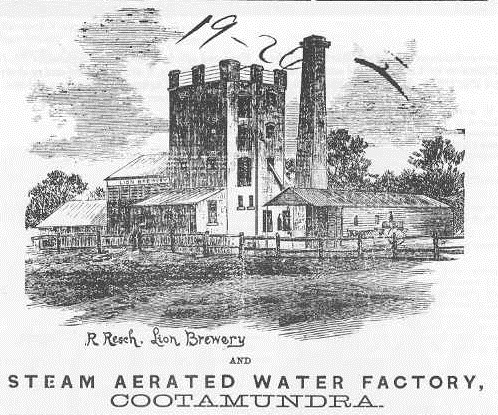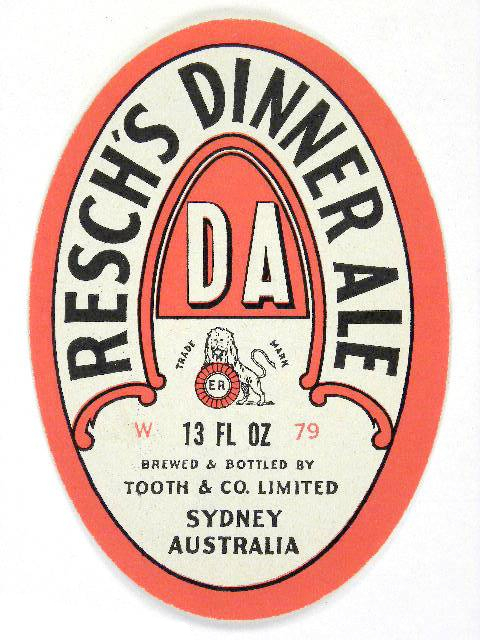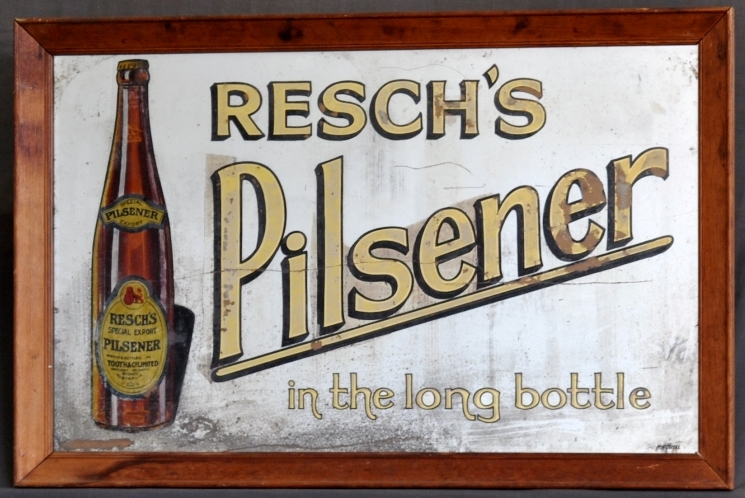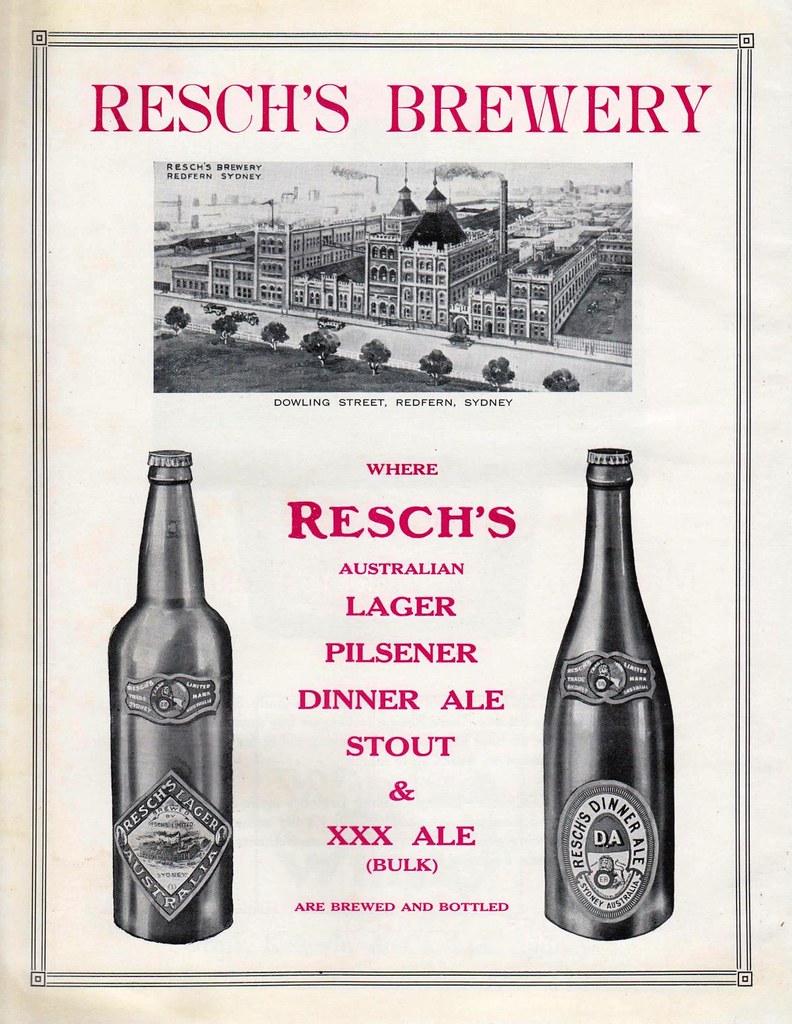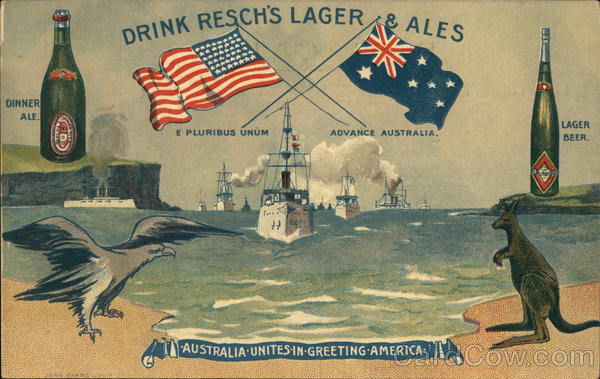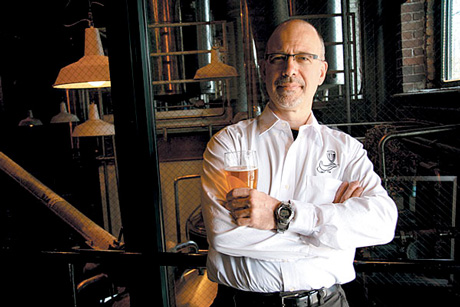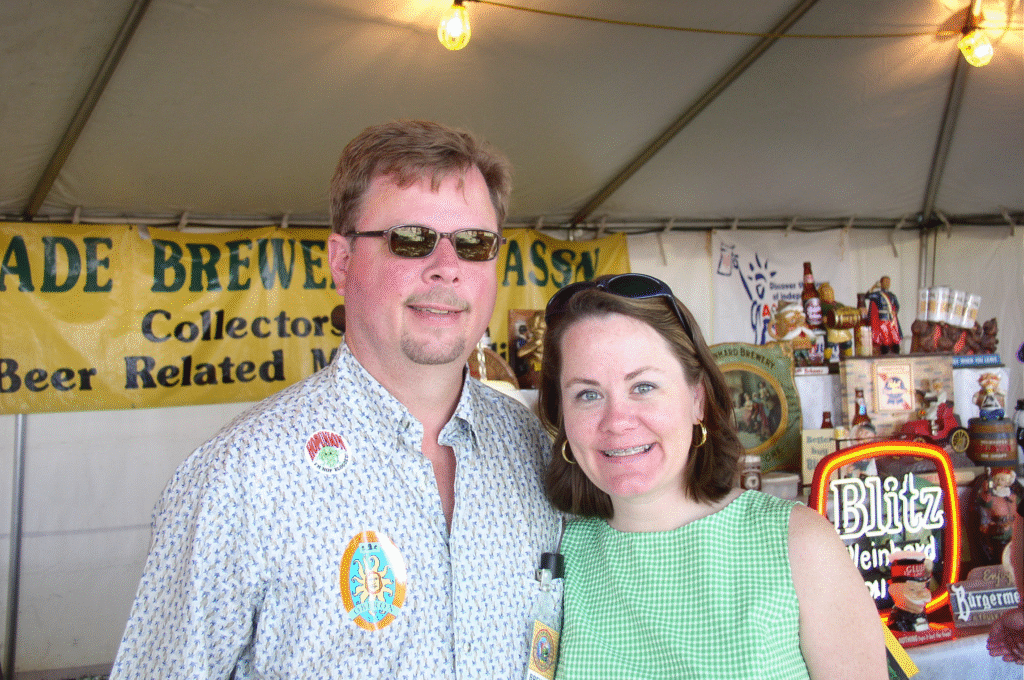![]()
Today is the birthday of Anton Ruh (June 11, 1845-November 26, 1925). Ruh was born in Germany, but made his way to America, settling in Kentucky. In 1889, he became the brewmaster of the Bavarian Brewing Co. of Covington, Kentucky, after Wilhelm Riedlin became the sole owner. He brewed there until prohibition began, and even though the brewery did reopen after repeal, he had passed away in 1925.
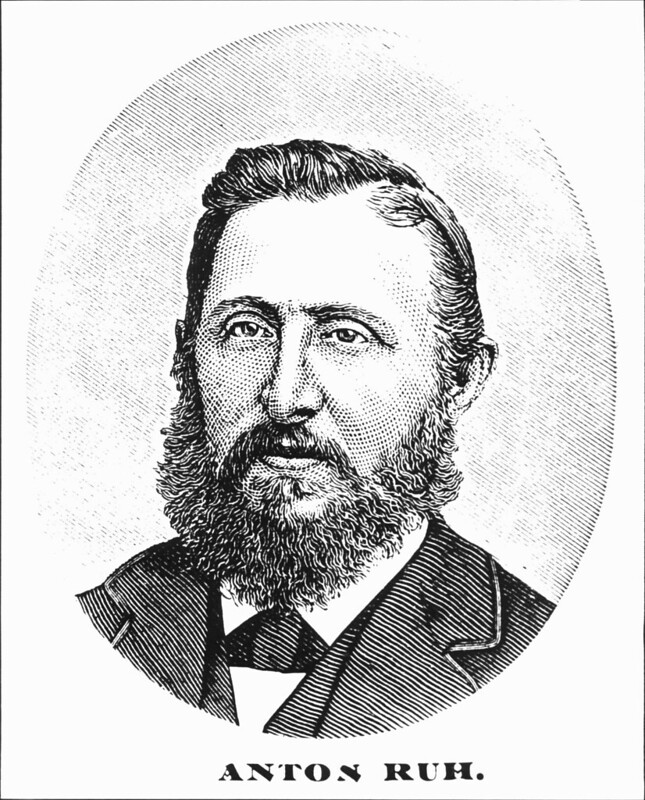
There isn’t a great deal of information about Anton Ruh, although there’s this brief mention from the North Kentucky Tribune:
One Covington family contributed greatly to the beer brewing heritage of Covington. German immigrant Anton Ruh was a long-time brew master at Bavarian Brewery. Under his leadership, the Bavarian brand gained a reputation across the Midwest. Anton’s son, Joseph Ruh, was associated with both Bavarian and Heidelburg Breweries. Joseph’s son, Carl Ruh, was a teacher at Covington Catholic High School, a Kentucky State Representative and Kenton County Sheriff.
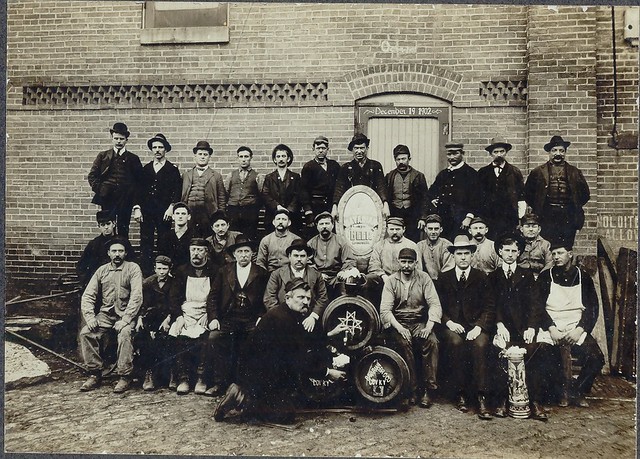
It appears that Ruh may be front and center in this photo of the brewery workers from an unknown date.
And this history of the brewery is from “The Encyclopedia of Northern Kentucky,” edited by Paul A. Tenkotte, James C. Claypool:
